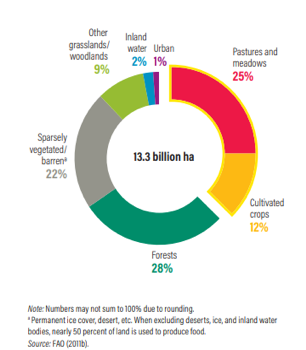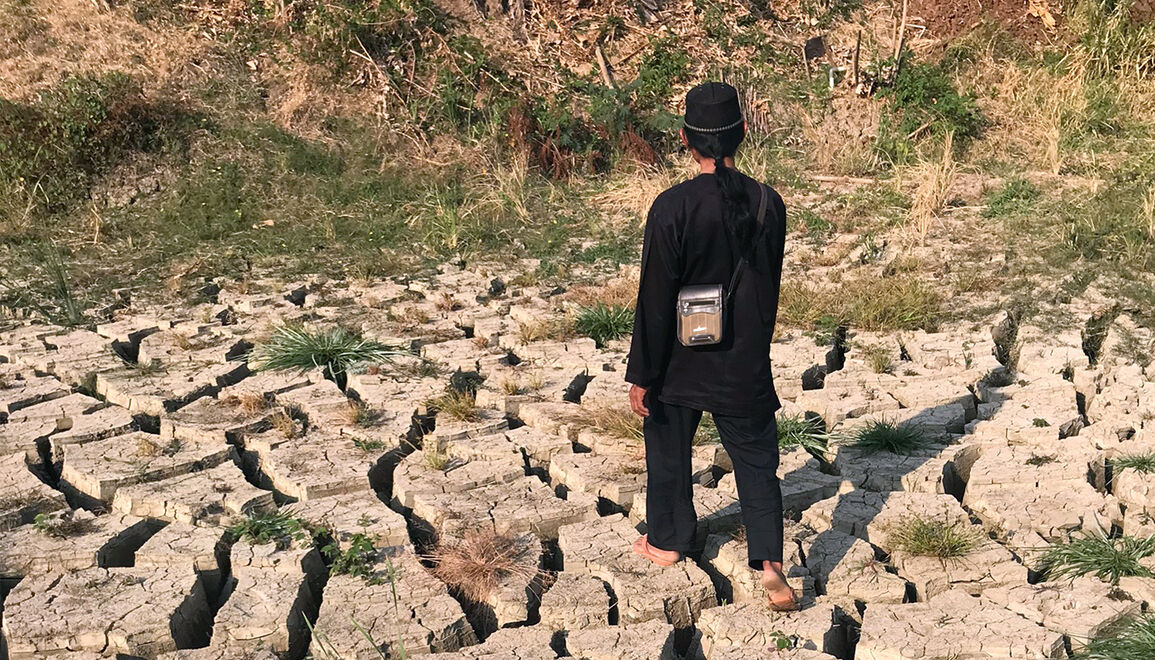Increasing agriculture and land usage spur environmental degradation and climate change. At the same time, a lot of potential is inherent in adapting and improving land usage and agriculture as solutions to mitigate and countereffect these negative impacts. This challenging interdependency is currently in the news as well as the urgency that we need to act. At WECONNEX, we are aware how essential it is that we confront ourselves with the current status of science and technology since we work at the heart of this “dilemma” to pull rural communities out of poverty, we support their agriculture and fishing practices. But we are careful to do this the right way because harming the environment with our projects is simply not an option. A series of three blog posts to this hot topic, how we are affected and how we contribute to improving it.
September is one of the busiest months when it comes to talking about climate change. The UN Climate Action Summit is taking place in less than two weeks where world leaders will gather to find solutions to reduce harmful emissions across different sectors. Many international organizations have made the shift from only talking about the negative impacts of climate change towards possible and viable solutions that help address these effects. Recent reports have been focused on land, agriculture and food as they contribute to and are at risk from climate change. Changes in land usage and agricultural practices can be the solution to mitigate and adapt to these negative effects.
Agriculture changes the Climate
The Food and Agriculture sector is a major contributor to climate change mainly due to the growth in extensive farming, taking over more land to produce food; unsustainable agriculture practices, such as intensive agriculture and the use of damaging fertilizers; and increasing greenhouse gas emissions (GHGE) coming from land-use change and agricultural processes as well as from our dietary choices (meat and dairy consumption). These practices have led to soil degradation, extensive deforestation, increases in water usage deeply contributing to the negative effects of climate change.
Emissions
The 50th session of the Intergovernmental Panel on Climate Change (IPCC) states that 20 to 30% of anthropogenic GHG are associated with agricultural activities, such as land-use change and food processing activities. The unsustainable expansion of these activities leads to deforestation, and consequently the release of the carbon dioxide contained by trees to the atmosphere.
Land
The increasing world’s demand for food has stimulated agricultural expansion. According to the latest World Resources Institute Report (2019), these activities have taken 40% of global land of which 70% is grassland, 50% of savannah, 45% of deciduous forests and 27% of tropical forests (Shown in Figure 1).

The IPCC report (2019) has shown that agricultural activities are responsible for increased soil erosion and reduction of organic material, resulting in the loss of fertile land. Further negative impacts can decline the land’s ability to act as a carbon sink.
In Madagascar, WECONNEX works in coastal areas to improve fishing activities and their supply chain. The situation has intensified due to the increasing migration of inland people to the coast. The main reason is that unsustainable farming practices, such as the burning of waste plus climate change effects like prolonged droughts and changing rainfall patterns have made the land more difficult to cultivate.
Water
It is also estimated that the agriculture sector consumes approximately 70% of freshwater withdrawn from rivers, lakes and aquifers, causing environmental harm to aquatic life due to the reduction of water levels. The use of water for agriculture purposes accounts for 90% of consumption as the used water ends up in the atmosphere as a result of evaporation (World Resource Institute, 2019). Agricultural use of pesticides and other contaminants can also contribute to water pollution (FAO, 2011).
Rice is one of the commodities that feed most of the world’s population. However, it is widely known that rice farming requires a larger percentage of freshwater than other crops for its cultivation. In our current project in Indonesia, WECONNEX is focused on developing sustainable rice farming by using technologies and methods that can regulate water usage. For example, WAPRO by Helvetas, as a procedure to encourage the sustainable use of water, the System of Rice Intensification(SRI) a methodology to increase the productivity of irrigated rice and the cultivation of a variety of crops that require less water throughout the year.
FAO 2011. THE STATE OF THE WORLD ’ S LAND AND WATER RESOURCES FOR FOOD AND AGRICULTURE Managing systems at risk.
IPCC 2019. Climate Change and Land.
World Resource Institute 2019. CREATING A SUSTAINABLE FOOD FUTURE. (July).
Source: nexus ch





0 Comment